Table of Contents
Classifications Of DBMS (Database Management System)
A database management system (DBMS) is a software program that is operated to create, sustain, and manage a database. A database is a group of data that are arranged in a specific way, allowing for easy access, retrieval, and manipulation of the data.
The main purpose of a DBMS is to provide a way for users to interact with the database in a structured and organized way. This includes creating and modifying the structure of the database, as well as adding, deleting, and updating data stored in the database.
DBMS can be used in a wide variety of applications, from simple personal databases to large enterprise systems. They are essential tools for storing, organizing, and managing data in modern computing environments.

Some of the key features and benefits of DBMS include:
Data security: DBMS provide various security measures to protect data from unauthorized access and manipulation.
Data integrity: DBMS ensures that data is stored and maintained consistently and accurately.
Data consistency: DBMS ensures that data is consistent across different parts of the database and that data is not lost or corrupted.
Data availability: DBMS provides mechanisms to ensure that data is always available and can be accessed by authorized users.
Data scalability: DBMSs are designed to handle large amounts of data and can scale to meet the needs of growing organizations.
Overall, DBMS plays a crucial role in modern computing environments, providing a structured and organized way to store, access, and manipulate data.
Classification of DBMS
Here are a few examples of classification systems:
Data model
A data model is a representation of structured data, usually in the form of a diagram or computer language. It is used to represent and organize data, as well as to facilitate communication between different stakeholders.
Data models are used to describe the structure, relationships, and constraints of data elements within the system. They can also be used to determine how data should be stored, accessed, and transformed to support the system’s requirements.
In addition, data models help identify and document data requirements and provide a basis for developing applications and databases. The relational model uses tables to store data in a structured way and is the most common form of a database.
It is used by popular DBMSs such as Oracle, Microsoft SQL Server, and IBM DB2. The object-oriented model stores data in objects and classes and is used by DBMSs such as Object Store and Objectivity/DB. The hierarchical model uses a parent-child relationship to store data. It is used by DBMSs such as IBM IMS and IBM IDMS.
Relational DBMS
A relational database management system (RDBMS) is a type of database management system (DBMS) that stores data in the form of related tables. The data is organized into rows, columns, and tables, and it is indexed to make it easier to find relevant information.
RDBMSs are the most commonly used DBMSs, and they are used in a wide variety of applications, from banking systems to retail websites.
RDBMSs are also used to manage large amounts of data, such as customer information, inventory data, and financial records. The main advantage of an RDBMS is that it allows users to quickly and easily access data from multiple tables.
Additionally, because the data is organized in a structured way, it is easier to update and maintain. Examples of relational DBMS include Oracle, MySQL, and Microsoft SQL Server.
Object-oriented DBMS
Object-oriented DBMS (OODBMS) is a type of database management system that is built around the concept of objects. An object-oriented database stores data in the form of objects, which are pieces of information that contain data as well as associated methods or procedures.
Objects are not just pieces of data but are also defined by their associated procedures, which allow them to interact with other objects in the database. Object-oriented DBMSs include Oracle, DB2, Informix, and PostgreSQL. Examples of object-oriented DBMS include MongoDB and Apache Cassandra.
Hierarchical DBMS
A hierarchical database management system (HDBMS) is a type of database management system (DBMS) based on the hierarchical model, which is a data model that organizes data elements in a tree-like structure.
The hierarchical model organizes data elements in a tree-like structure, with each element having one parent and multiple children.
The hierarchical model is used for representing data in a tree-like structure, where each node in the tree has a single parent, and each parent can have multiple children.
HDBMSs are used in a variety of applications, such as document management systems, geographical information systems, and corporate data warehouses.
Examples of hierarchical DBMS include IBM’s Information Management System (IMS) and Integrated Data Store (IDS).
Architecture
Another way to classify DBMS is by their architecture, which refers to the way that the DBMS is designed and implemented. DBMS can be classified as:
Client-server: A DBMS that is accessed by users through client applications that communicate with a central server.
Peer-to-peer
A DBMS that allows multiple computers to share and access data directly, without the need for a central server.
Mobile
A DBMS is designed to be used on mobile devices, such as smartphones and tablets.
Data type
DBMS can also be classified by the type of data they are designed to handle, such as:
Structured data: Data that is organized into a specific format, such as rows and columns in a spreadsheet. Relational DBMS are well-suited for handling structured data.
Semi-structured data: Data that has some structure but also contains unstructured elements, such as emails or social media posts. NoSQL DBMS, such as MongoDB, are well-suited for handling semi-structured data.
Unstructured data: Data that does not have a predefined structure, such as video or audio files. NoSQL DBMS is often used to store and manage unstructured data.
Classifications of DBMSs can be useful in helping to determine which type of system is best suited for a given application. Different types of DBMSs have different capabilities, so it is important to have a good understanding of the types of DBMSs to select the one that best fits the needs of the application.
FAQ
What is the difference between a relational database and a non-relational (NoSQL) database?
A relational database organizes data into tables with predefined relationships, while a NoSQL database provides a flexible schema and can handle unstructured and semi-structured data.
What is the purpose of database normalization?
Database normalization is a technique used to minimize redundancy and improve data integrity by organizing data into multiple related tables, reducing data duplication.
What are the ACID properties in database transactions?
ACID stands for Atomicity, Consistency, Isolation, and Durability. These properties ensure that database transactions are reliable and maintain data integrity during simultaneous and potentially conflicting operations.
What is the CAP theorem and how does it relate to databases?
The CAP theorem states that in a distributed system, it is impossible to simultaneously achieve Consistency, Availability, and Partition tolerance. Database systems need to prioritize two of these properties, often sacrificing one.
What is the difference between OLTP and OLAP databases?
OLTP (Online Transaction Processing) databases are optimized for handling real-time transactional operations, while OLAP (Online Analytical Processing) databases are designed for complex analytical queries and reporting.
What is database sharding and how does it improve performance?
Database sharding involves partitioning a database into smaller, independent pieces called shards, distributed across multiple servers. It improves performance by allowing parallel processing and reducing the load on a single server.
What are database indexes, and when should they be used?
Database indexes are data structures that improve query performance by allowing faster data retrieval. They should be used on columns frequently used in search conditions or join operations, but excessive indexing can impact insert and update performance.
What is database replication, and what are its benefits?
Database replication involves creating and maintaining multiple copies of a database across different servers. Benefits include improved data availability, fault tolerance, and scalability.
What is the role of a database transaction log?
A database transaction log records all modifications made to a database, providing a mechanism for recovering data in case of system failures or errors. It ensures data integrity and supports database backups and point-in-time recovery.
What are stored procedures and triggers in a database?
Stored procedures are pre-compiled database programs that can be invoked by applications to perform specific operations. Triggers are database objects that automatically execute in response to specific events, such as data modifications or table operations.



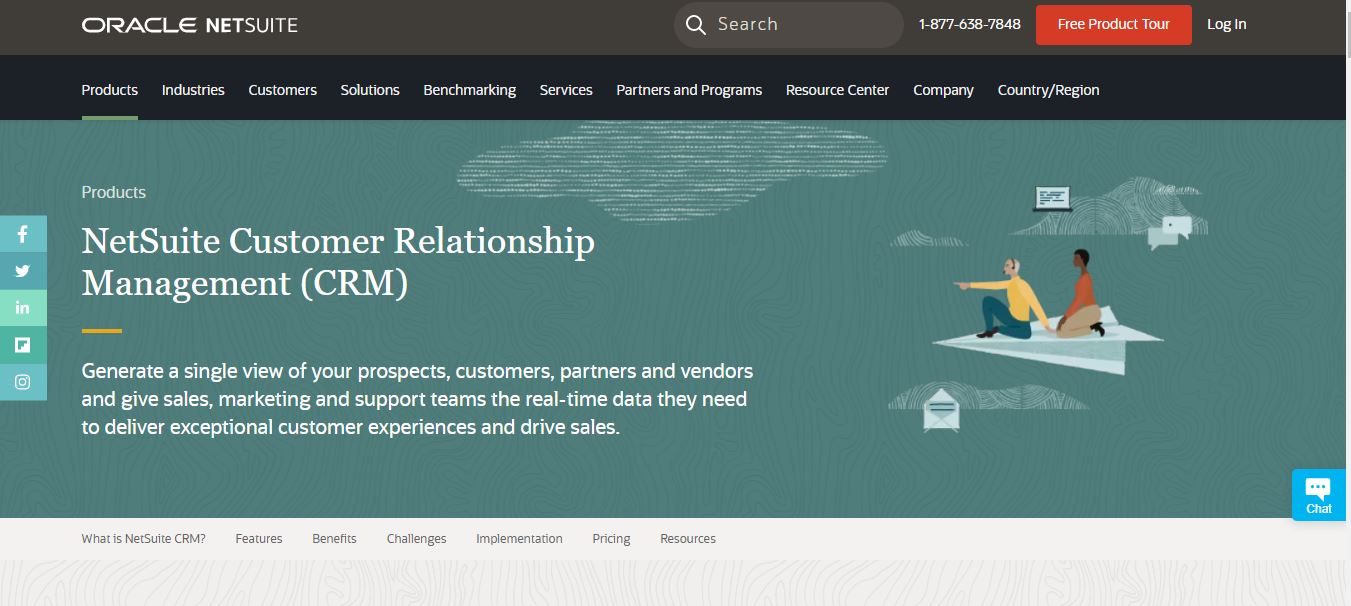



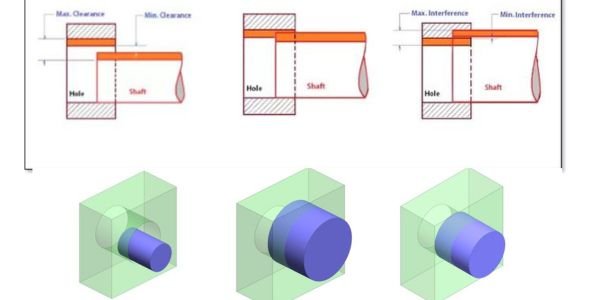






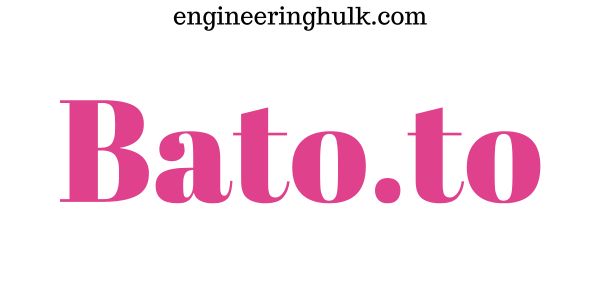

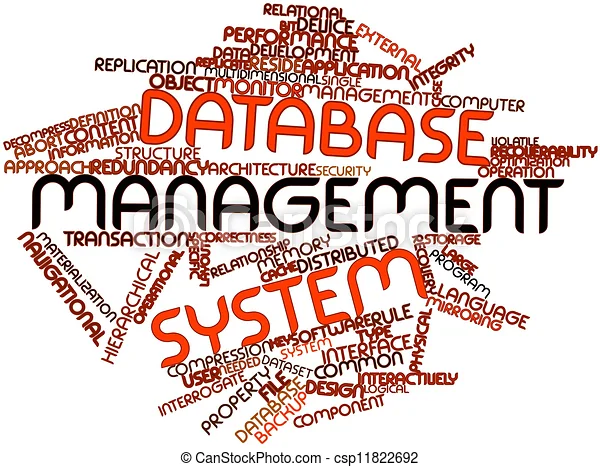






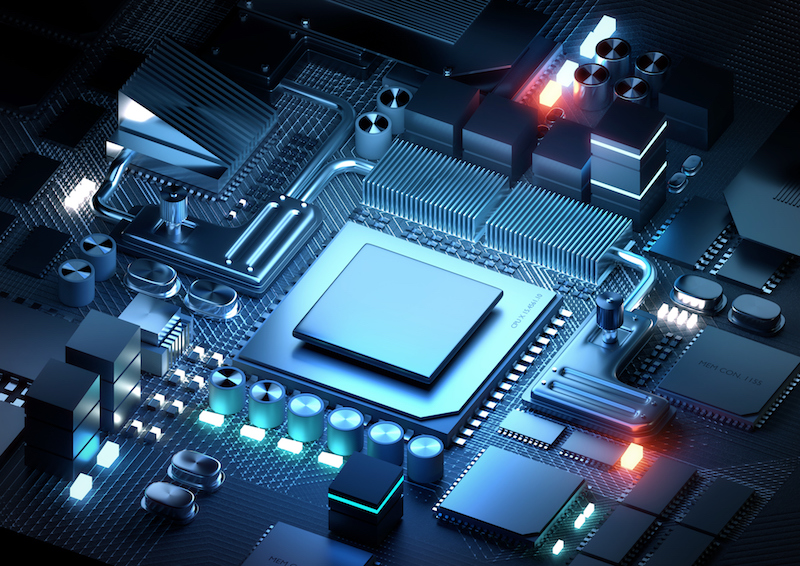
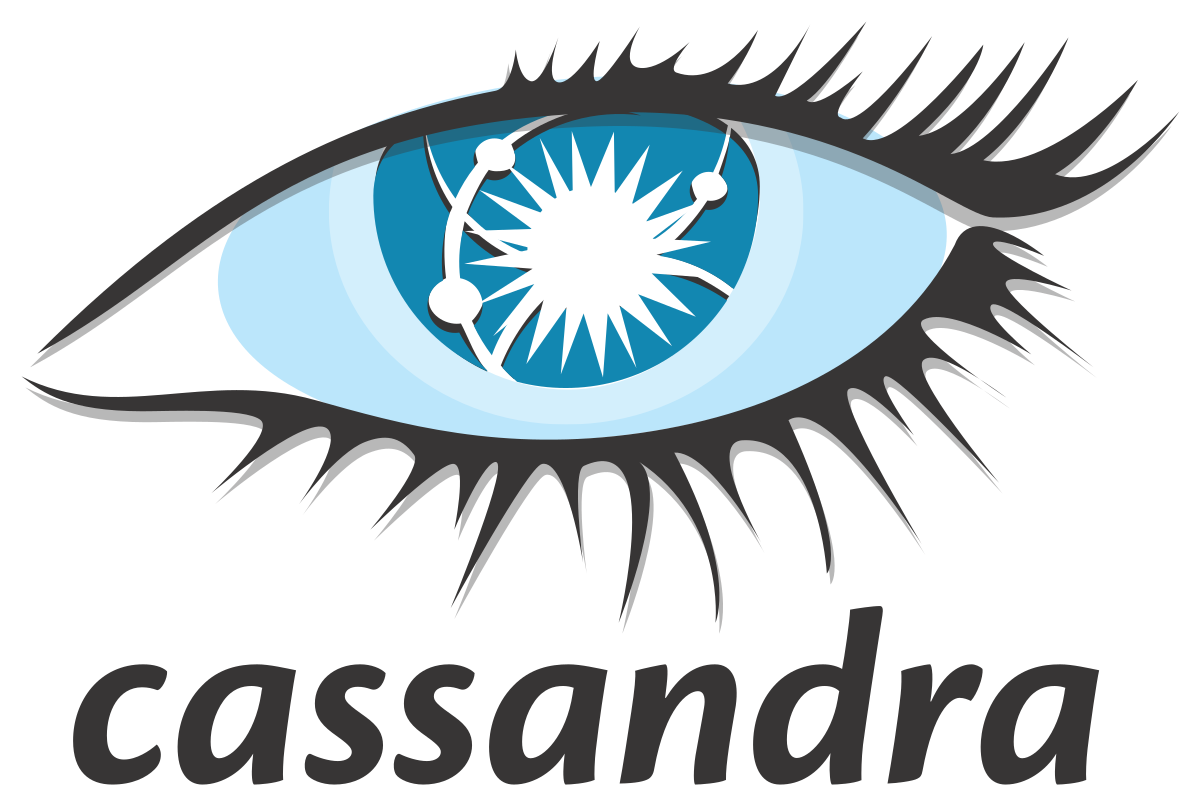



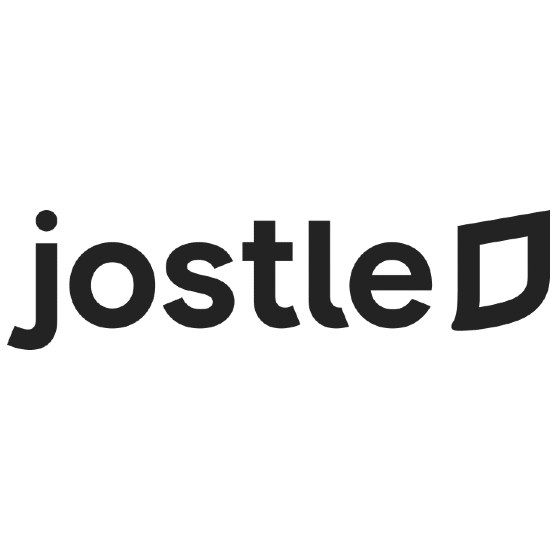
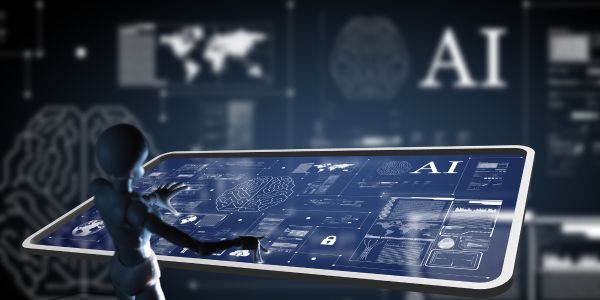


Comment on “Classifications Of DBMS (Database Management System)”
Comments are closed.